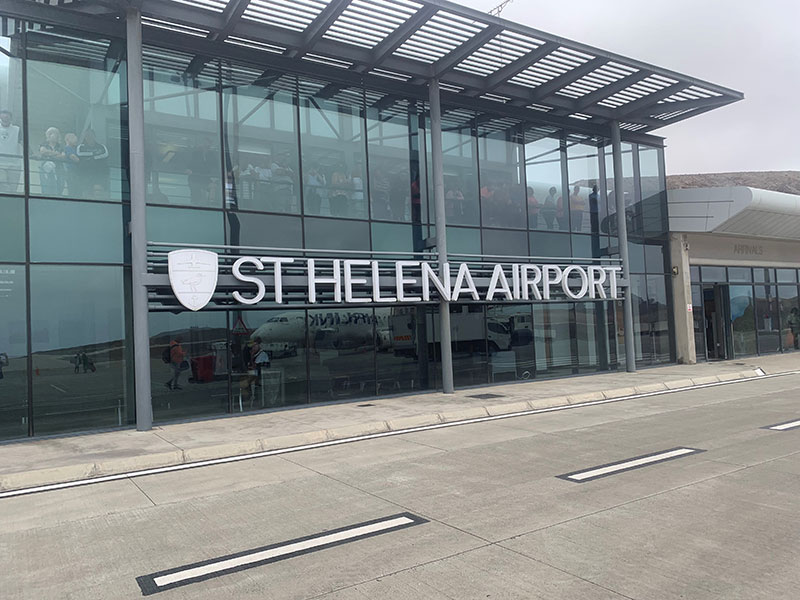The Inland Revenue, when required to make major enhancements to its national insurance computer system (NIRS 2) to accommodate significant legislative changes, decided to award a contract extension to Accenture, its existing supplier. And, according to a report from the National Audit Office, published today, the contract extension:
Jump to downloads
- offered better value for money than the alternatives available for delivering the required enhancements on time; and
- improved the way in which the development work is managed and paid for.
The report to Parliament by NAO head Sir John Bourn highlights lessons for departments engaged in similar IT projects. It recommends, in particular, that departments must understand what the impact would be on their computer systems of major legislative changes – and develop strategies to manage the risks.
NIRS 2 (the National Insurance Recording System) was developed under the Private Finance Initiative by the former Department of Social Security to support the administration of the national insurance scheme. The contract was awarded to Accenture (then Andersen Consulting) in 1995. The Inland Revenue (who took over responsibility for the system in 1999) negotiated an extension to the contract to cover work needed to support significant changes to pensions and national insurance legislation proposed in 1998.
The original contract was worth up to £76 million, including the development work expected at that time. The contract extension will cost between £70 million and £144 million, depending on how much development work the Inland Revenue need to order.
The main conclusions of the report are as follows:
The original NIRS 2 contract proved insufficiently flexible in catering for the significant legislative changes proposed in 1998. The scale of change arising from new legislation was considerably beyond the level expected when the contract was agreed and exceeded the levels allowed for in the contract. Although the former Department of Social Security assessed the implications of individual changes to pensions and national insurance legislation, at the point when responsibility for the system was transferred to the Inland Revenue, neither Department was in a position to determine their aggregate impact on NIRS 2.
A contract extension offered better value for money to the Inland Revenue to deliver the required enhancements within the timescale required than the alternatives available. The Inland Revenue looked at technical and contractual alternatives to using NIRS 2 to support the new legislative requirements. Their work showed that Accenture’s unit costs compared closely with the comparators. But the estimated £44 million cost of breaking the contract effectively ruled out the option of using alternative suppliers for the development work.
The contract extension has improved the way in which development work is managed and paid for. The Inland Revenue’s contract management arrangements for the extension adhere closely to current guidance on risk management in PFI contracts and information technology projects. Had this guidance been available at the time, it would have led to contractual and operating arrangements considerably different from those originally adopted for NIRS 2. The new arrangements have achieved improvements in the relationship between the parties and in the delivery of system enhancements, addressing weaknesses identified previously by the Public Accounts Committee.
There are some important lessons for departments. Departments should consider whether contracts should include specific mechanisms to deal with major enhancements of this nature. This might involve the reintroduction of competition or inviting the bidders to propose a separate pricing structure for major enhancements as part of the initial tendering process. And, in advising Ministers on the implications for existing information technology systems of fixing deadlines for major legislative change, departments need to understand the impact on their systems, individually and in aggregate, and develop strategies to manage the resulting risks.
Downloads
- 0102355es.pdf (.pdf — 111 KB)
- 0102355.pdf (.pdf — 438 KB)
Publication details
- ISBN: 102912297 [Buy a hard copy of this report]
- HC: 355 2001-2002



